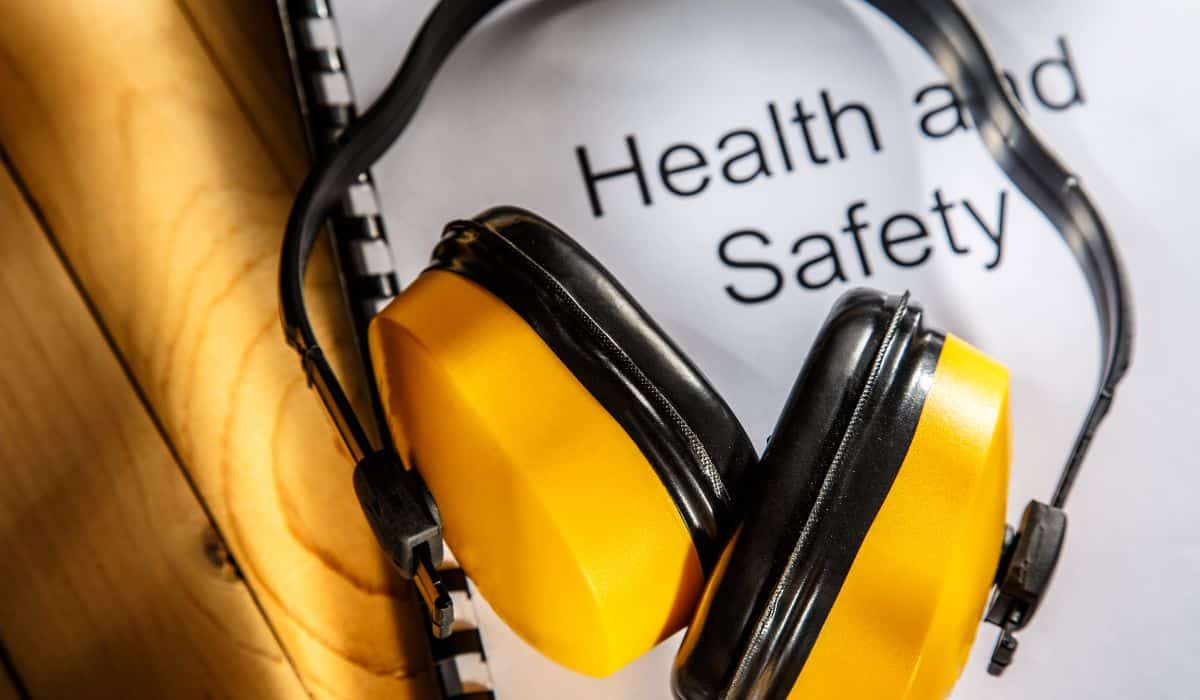Health and safety measures in warehouse are essential in any workplace, but those working in warehouses face unique dangers. First, it’s important to remember that it’s normal in many jobs to become comfortable in one’s role and forget much of what was taught during initial training as one becomes more confident and settles into a routine.
However, in a high-risk setting, complacency not only puts you at risk but also puts your coworkers at risk. Therefore, it is in everyone’s best interest to acquire knowledge on warehouse health and safety.
Here are some safety tips for warehouses:
- Follow the protocol
Create and implement measures that exceed minimum safety standards and align with best legal practices first. Consider your warehouse and enforce a process tailored to your needs, such as adequately using specialised equipment. Contract workers or those with English as a second language will benefit greatly.
If employees are trained to prioritise safety during slower times, they will do so automatically during peak times. For instance, there may be zero tolerance for those who need to be adequately trained to operate forklifts.
- Use automatic technology
If it’s within their budget, warehouses should implement any automated technology that can increase worker safety. Researching which computerised systems can enhance operations, lessen safety hazards, and advance health and safety monitoring practices periodically is a good idea, even if you can only afford to implement some of them.
Some more giant warehouses have implemented preventative safety technology to lower workplace risks. This includes devices that monitor employees’ posture and track their movements to identify problem areas where training is needed. This is helpful whenever there is doubt about a contract worker’s credentials and experience level.
- Learn from almost-misses
In a world where health and safety standards are constantly being raised, it’s crucial to advocate for a strict reporting policy. While many potential problems can be anticipated and addressed in advance, even the most cautious warehouses cannot eliminate the possibility of an accident.
Warehouse management should draw lessons from such situations and make the appropriate adjustments to avoid a recurrence. Accidents on the job are a good indicator of where warehouse processes can be optimised.
- Encourage communication
The safety of a warehouse requires everyone’s cooperation. To address and resolve any current safety issues in your warehouse, you should hold a monthly or quarterly safety review. Stakeholders in safety, from workers to upper management, should be brought together to share concerns and ideas to address as many issues as possible and make the most of the group’s problem-solving skills. Some companies have even instituted a 15-minute “Huddle” at the start of each shift to get everyone on the same page. Employees are more comfortable sharing their thoughts and concerns in this relaxed setting.
Conclusion
Without the proper health and safety measures in warehouse can be extremely risky. However, with adequate protection, the frequency of such occurrences can be reduced significantly. Knowing the most common types of injuries that occur in warehouses, what can be done to prevent them, and how to administer first aid in an emergency is helpful.
